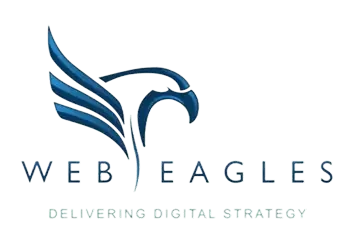The Ultimate Guide to Email Marketing
Prior to social media marketing, the most useful tool to directly communicate with your audience was through email marketing.
Did you know that the first marketing email was sent in 1978, and resulted in $13 million in sales?
Email marketing should still have a place in your digital marketing strategy today, it is one of the few marketing channels we can use to build authentic connections with current and potential consumers.
Why Email Marketing?
There are 3.8 billion email users worldwide, if you are looking for a way to reach your consumers, email marketing is the perfect place to find them.
There are various ways your business will benefit from email marketing, these include:
- Building relationships: Build authentic connections with your consumers through personalised engagement. Make sure that your emails are about your consumer, so they feel connected to the message you are sending and ultimately further engage with your business.
- Promote your content: Share any relevant blog content or useful information for your consumers.
- Lead generation: Email marketing allows you to create a quality list of leads as they provide personal information in exchange for the valuable information you are sharing.
- Market your service or products: This is the perfect opportunity to promote your products and services directly to your consumer.
- Nurture your leads: Provide your consumers with content that will be valuable to them, that will help them succeed in their own personal goals.
Getting Started
Take time to plan out your email marketing strategy and commit to it, you must provide your audience with what you promised when they subscribed to your mailing list.
Think about the following steps as an outline for your email marketing strategy:
- Define your audience: It is important to understand what your consumers want, and tailor your email campaigns to their unique needs.
- Establish your goals: Make sure you research the average email statistic for your industry and use them as benchmarks for your goals.
- Build your email list: Find opted-in subscribers using subscriptions forms on your websites, or even entice subscribers with exciting offers .
- Choose an Email Campaign type: Decide what you want to share via these emails, for example are they monthly newsletters or product announcements? Will you use this platform to share relevant blogs?
- Schedule: Consider how often you plan to connect with your mailing list, ensure that you inform your contacts upfront, so they know how often to expect emails, and be consistent to build trust with your consumer.
- Results: Ensure that you are measuring your email marketing results, being conscious about every key metric will allow you to make small changes to your emails that will result in a larger engagement.
Play by the Rules
It is also vital that you are aware of your responsibilities under the current Australian Spam Act 2003, and any international regulations relevant to your customer base.
- Make sure that you include your company name and address in every emails.
- Place visible unsubscribe links within your email.
- Use real email addresses on the “From” and “Reply to” fields.
- Write subject lines that are relevant to the email contents.


